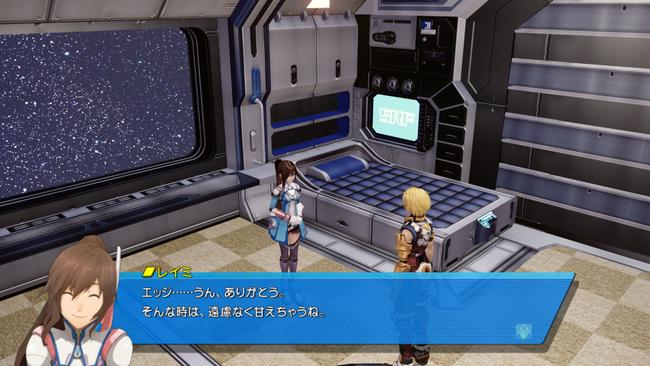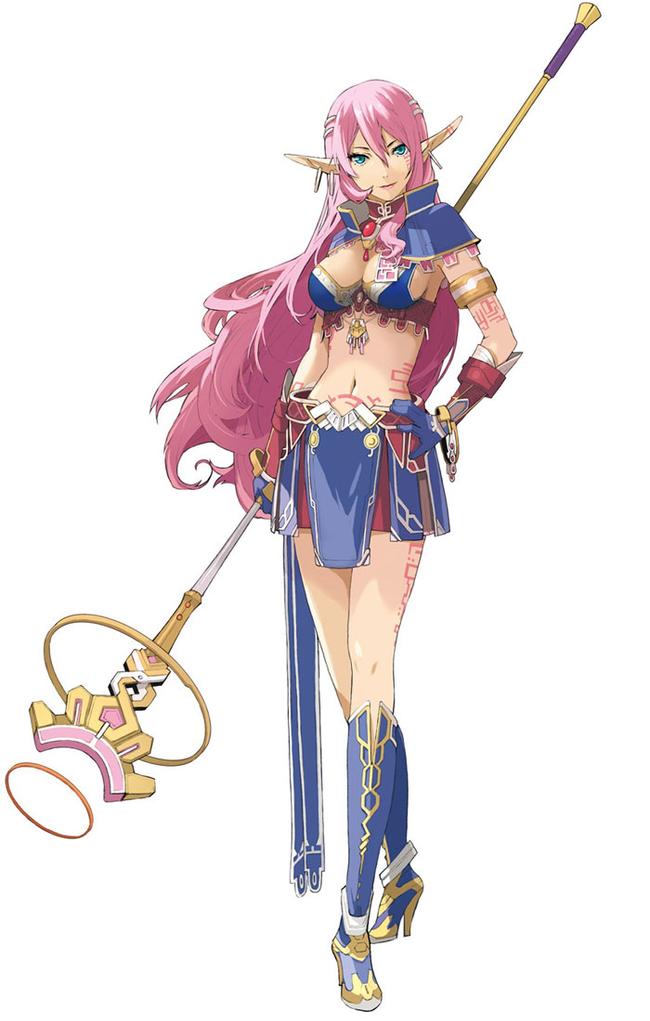
Resonance of Fate Import Impressions
Before this generation began, tri-Ace was one of the top RPG developers around with big-names like Star Ocean and Valkyrie Profile on their portfolio, but the HD era has treated them somewhat roughly and their stock amongst gamers has certainly dropped.
Infinite Undiscovery was solid but clichéd and went largely ignored, while the fourth Star Ocean title was polarizing, with some loving its action RPG gameplay and others unable to get past the arguably rubbish story and localization and its freakishly doll-like characters.
Despite the rough start to the generation, both those titles had promise shining underneath, elements of the gameplay and the overall design that showed this company still had a wealth of talent it just needed the right situation to show. Cue Resonance of Fate (End of Eternity in Japan) – a fresh start and an all new property for tri-Ace, developed in partnership with Sega.
Over in Japan Resonance of Fate enters an interesting, post Final Fantasy XIII world for Japanese RPGs, and brings some very interesting twists on classic ideas to the table in order to grab the interest of players.
Resonance of Fate does away with much of the traditional swords and sorcery, replacing it with high octane gun battles that wouldn’t feel out of place in The Matrix. Your tools of the trade will be pistols, SMGs, explosives and other weapons that you’d expect to find in your average FPS, not a Japanese RPG.

The gameplay can definitely be confusing at times, and for JRPG fans used to more measured action the sight of all your characters jumping around firing guns like a scene from a John Woo movie may prove even more distracting, but once you get into the groove of the battle system it becomes relatively easy to use and a lot of fun to play.
There are two kinds of damage in Resonance of Fate – Scratch and Direct. Scratch damage hits the enemy and damages them but doesn’t actually lower their HP. Scratch damage inflicted can only be turned into actual damage onto the enemy health bar once a Direct attack has been landed. Enemies will recover Scratch damage after a time, so landing Direct attacks in a timely fashion is vital.
The whole idea of the system is to accumulate as much Scratch damage as possible before landing a Direct attack that will then turn all that Scratch damage into a devastating loss of HP for the enemy. Different weapons can deal different types of damage, and some weapons can actually cause both depending on the situation.
The key to successfully winning battles in Resonance of Fate is to effectively mix-and-match scratch and direct damage by using a variety of weapons and attacks at the correct times. It feels fun and action packed as you’ll constantly be switching things around in order to deal the maximum damage, and while I am early in the game it feels like a far stronger battle system than Star Ocean 4 or Infinite Discovery, both of which employed some great ideas.
The tAB battle system is an interesting idea, with the player controlling one character at time. There’s no such thing as the enemy turn – you’ll just switch turns between your party members with the enemies constantly attacking while you manoeuvre each character around the battlefield and execute attacks.
Despite being based around guns this is still a core RPG through and through and there’s no aiming to be done here – just selecting an enemy and watching the crazy animations as characters fire. It’s flashy and traditional at the same time, but thanks to the idea of Scratch and Direct damage it still feels very involving throughout.

The aforementioned animations are both crazy and pretty, and while it doesn’t quite stand up to Final Fantasy XIII’s prettiness, it’s certainly a vast improvement over Star Ocean 4’s sub-HD battles. How cool the battles look and how well the attacks animate are definitely a large part of why Resonance of Fate feels so fun.
After a while with the game it’s also clear why the demo left some Japanese gamers complaining the game was too difficult – this is a really challenging game, and not just because it's different from the average JRPG! Deaths mostly feel justified and not cheap, and while it’s no Demon’s Souls the game has that same triumphant feeling when you finally smash a difficult battle once and for all.
The customization in the game is awesome, and you can design yourself custom weapons, putting scopes, silencers and all manner of extras onto your gun to make the perfect weapon. There’s also a full costume change system to customise how all the characters in the game look.
The soundtrack is positively gorgeous. I’m sure I’ll gush on this in the review, but for now just be aware that it has a great range and is incredibly well written.
Speaking of well written, the story so far seems strong – but I’ll reserve judgement on that for now until I get a little deeper in the game. The story takes its time with a slow pace that is the polar opposite with the pace of the battles and while the writing overall seems of a decent quality there are cracks where cheesy JRPG tropes begin to shine through.
If one word could sum up our early thoughts on Resonance of Fate it’d be Promise. The game certainly shows a lot of it for the latter half, and the game also represents promise for tri-Ace in general. There’s definitely already some obvious flaws, but so far the good outweighs the bad significantly.
We’ll have a full review soon, so be sure to stick with us via our RSS Feed and Twitter to be kept up to date.